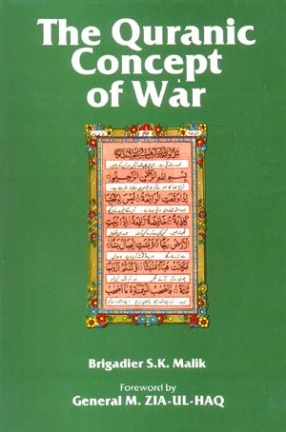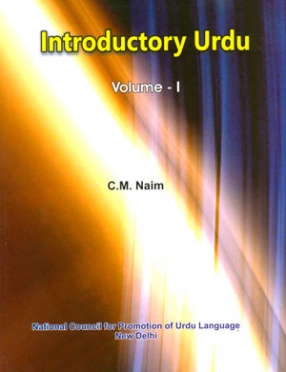History of Mughal India: From 1526 AD to 1707 AD
Foundation of Mughal Empire in India is main emphasis of this book. It starts with invasion of Babar descendant of Timur in 1526 who succeeded in routing Ibrahim Lodhi and Rana Sanga and consolidated his rule over Northern India. Thereafter his descendants never looked back. The Rise of The Mughal Empire is a colourful biography of a forward-thinking and multi-faceted leader, skillfully sketched from the accounts of historians of Akbar's era. It paints a fascinating picture of the ruler's life and the tumultuous times he lived in. It also provides an insight into the powerful ideals by which he governed, and with which he shaped one of the greatest empires in Indian history. Aurangzebs death in 1706 set off the rapid decline of the Mughal Empire. His successors were weak and increasingly became mere tools in the hands of the nobles. Taking advantage of this the Rajputs, Sikhs and the Afghans openly defied the authority of Mughal Emperor. Even more disturbing was the fact that the assertion of Independence had spread to other parts of the empire. The Mughal Empire reached the zenith-of-its territorial expanse during the reign of Aurangzeb and also started its terminal decline in his reign due to Maratha military resurgence under Shivaji Bhosale. Aurangzeb's son, Shah Alam, repealed the religious policies of his father, and attempted to reform the administration. However, after his death in 1712, the Mughal dynasty sank into chaos and violent feuds. In 1719 alone, four emperors successively ascended the throne. The Mughals left a permanent mark on the society, culture, art and architecture of India. Their monuments, artifacts and literature show a period of great wealth and culture. Paintings in miniature style teach us about the clothing and lifestyle of the people. The information contained herein will immensely benefit the students, teachers and researchers equally.
Get it now and save 10%
BECOME A MEMBER







Bibliographic information